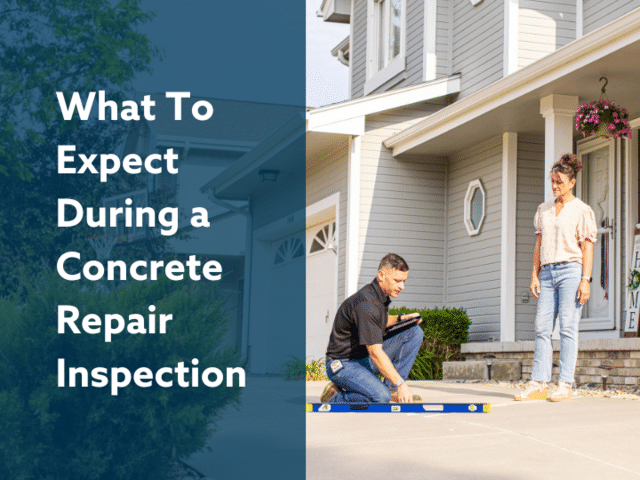How to Create a Dry, Usable Space in Your Basement

Installing a sump pump and waterproofing system is the least disruptive and most effective way to keep a basement dry - and keep it dry all the time! The following are steps our basement waterproofing technicians take when installing a sump pump system in your home.
1) Place the Sump Pump Liner
First, a sump pump pit is excavated for the liner and pump to be placed in. This protects your sump pump from the mud and debris around the pump pit.
It's important that the sump pit is large enough, but not too large. When placed in a small pit, a sump pump can pump water out faster than it can fill the liner, causing them to turn on and off quickly and burn out sooner. Sump pits that are too large tend to go too deeply into the ground, pumping out water far below your home, causing unnecessary work and electricity usage.
Sump pumps are most effective at removing water from under your basement floor when located in the lowest spot of the floor. Your certified waterproofing specialist will determine where that spot is by using a laser level. If the sump cannot be located in the low spot, a PVC feed line should be run through the floor from the low spot to the sump pump location.
2) Install a Perimeter Drain System
When installing a reliable sump pump system, it's a good idea to install a perimeter French drain system, like WaterGuard(R).
First, the floor around the edge of the basement is jackhammered, and a layer of clean stone is set down. A perimeter drain is installed on top of the stone, and is backfilled with more clean stone.
The purpose of this drain is to collect water from the basement wall-floor joint, the basement walls and from under the basement floor, and direct it to the installed sump pump.
Our patented WaterGuard(R) Basement Drainage System includes a wall flange that extends slightly up the basement wall to collect water that may leak from the walls. If you have one of our basement wall products installed, the wall covering will be tucked behind the flange to direct moisture from the walls into your drain.
If your home has concrete block walls, weep holes will be drilled in the blocks at the very bottom to relieve the water and the pressure from the walls.
3) Install the Sump Pump
A special outlet connects the perimeter drain to the sump pump system and clean gravel is backfilled around the sump pump liner.
This gravel helps to keep your sump pump system as clean as possible, discouraging silt and sediment from entering the liner.
An airtight sump pump lid including rubber grommets around all pipes and wires, keeps odors and humidity from rising out of the sump pit, while also preventing items and debris from falling in from the basement floor. Having an airtight, secure lid on your liner is also excellent in preventing animals and children from attempting to play in the water!
If you have a secondary pump installed in the pit, an additional discharge line will be installed. This prevents the pipes from being overwhelmed and also ensures the pumps won't pump back and forth between each other. Discharge lines should NEVER be tied together on the inside of your home!
4) Restore the Floor
To complete the sump pump installation, the floor is restored flush for a clean, attractive look.
The system we use does not leave a gap around the perimeter of the basement floor which can collect dust, debris, and other items that can clog your waterproofing system. This helps ensure better drainage and a more reliable system. Our system also provides a clean, neat, and professional basement repair.
Outside, an anti-freeze device called IceGuard(R) is usually installed. The discharge line is buried underground, while the installer is careful to remove sections of the lawn in whole pieces before making the trench for the pipe. This helps to ensure the least disruption to your landscaping throughout the installation. A special outlet is installed flush with the ground and is safe for lawn mower or lawn tractor traffic.
5) Clean Up and Make the Finishing Touches
Our sump pump installation crew takes extra care to leave your basement clean, neat, and clear of debris for you at the end of the installation.
Dust is cleaned from the basement floor and the discharge line outside is inspected to be sure that the water is being discharged to an appropriate location.
We remove all the debris we create, and most times customers comment that their basement is cleaner than before we started!
To allow for future testing or inspection, Thrasher will install several "ports" in the perimeter drain, where a hose or dehumidifier drainage line can be inserted. During annual checkups and sump pump maintenance, this helps us with testing and inspection.
6) Upgrade Your Basement
Once your basement is protected from water seepage, it's a great idea to take advantage of the cleaner, drier, more attractive area as storage or living space.
If you don't already have one installed, be sure to ask about our battery backup sump pumps, as well as our basement wall coverings, ENERGY STAR(R) rated dehumidifier, waterproof basement flooring, and other basement products that can add energy efficiency, beauty, and comfort to your home.
Thrasher also provides crawl space sealing and encapsulation!
Contact Us Today
When you decide it's time to waterproof the basement and install a sump pump in your home, we are ready to help! We offer free, no-obligation inspections and written sump pump installation quotes to all homeowners in our Nebraska, Iowa, and Missouri service area.
Article Categories:



